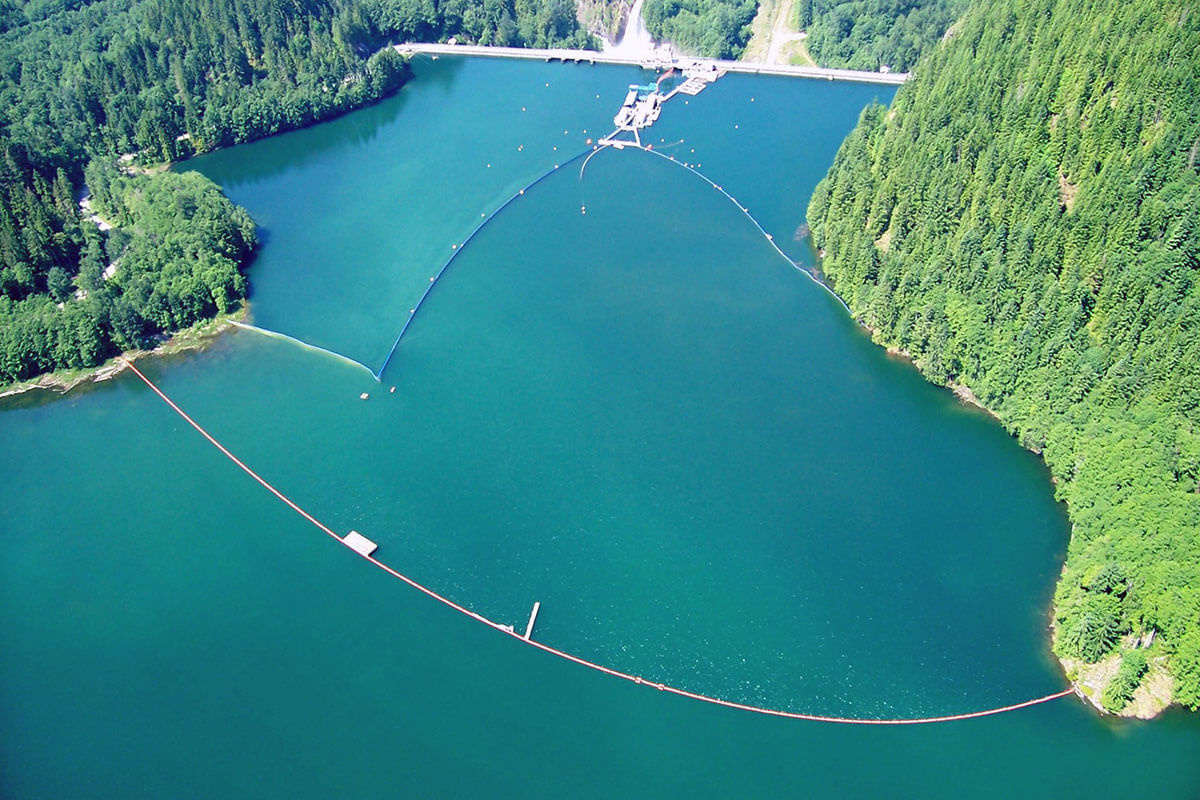idahohuntr
Well-known member
- Joined
- Dec 19, 2013
- Messages
- 349
Hey...I said 'fiscally conservative congressman'...not fiscally conservative. I agree, big difference.Define "fiscally conservative"...I would suggest that congress has forgotten the definition. Not to mention, that it may very well be fiscally conservative to remove these dams, restore fisheries, and the fishing economy (both sport and commercial).
I also believe that, at the very least, removing the LSR dams will buy another decade or two of wild salmon and steelhead. That would give the next generation a chance to solve the problems that past generations caused, and that we're afraid to address. I contend future generations will be smarter by learning from the mistakes we've made. They also may not be as afraid of failure as most currently are these days. Nothing in life is a given and you don't solve complex, big issues by being afraid of failure. It requires bold, calculated thinking, and big solutions.
I'm not scared of breaching a few dams and have wayyyy more faith in future generations than the one I live in.







